The stream of wildflowers that started in February turns into a floral river in May. Though some of those early season flowers are still blooming, one doesn’t have to look so hard to find plants in flower this month.
Many shrubs such as blackbrush, cliffrose, Woods’ rose, Fendlerbush, narrowleafyucca, Spanish bayonet, and a host of others produce colorful and fragrant flowers. Both blackbrush and cliffrose, members of the Rose family, may be cloaked with yellow and cream colored blossoms, respectively. The widely distributed blackbrush has small, narrow leaves and sharp pointed twigs that try to deter herbivores. Cliffrose, with its sweet-scented blooms, may be located by smell prior to sight. The fragrant flowers produce a heavy perfume that attracts numerous bees to the flowers. The 5-lobed, small leaves are covered with small glandular hairs.
Woods’ rose and Fendlerbush are two flowering shrubs that stand out against a sandstone backdrop. With pinkish flowers, the wild growing Woods’ rose grows in moist areas along creeks and canyon bottoms. In contrast, Fendlerbush grows on rocky slopes and may produce a dazzling display of 4-petaled white flowers. The plant honors Augustus Wilhelm 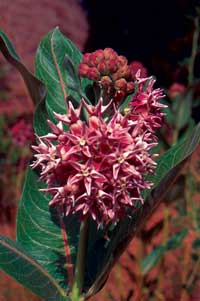 (1813-1883) who collected plants in the American Southwest.
(1813-1883) who collected plants in the American Southwest.
Narrowleaf yucca and Spanish bayonet,also known as datil yucca, are two membersof the Agave family that bloom in May. Yuccas have stout, sharp-pointed leaves and creamy-white flowers. The narrowleaf yucca produces an elongated flowering stalk, whereas the datil yucca’s flowers open either surrounded by or barely above the long leaves. Both plants are pollinated by specific moths which lay their eggs in the flower’s ovary just after the moths deposit pollen on the flower’s stigma. The moth larvae feed on the developing seeds; later on the larvae emerge to pupate in the ground. In addition to the moths, Native Americans also found uses from the plant which range from eating the seedpods, making twine from the strongleaf fibers, and creating a soapy shampoo from the pulverized roots.
In addition to the flowering shrubs, there are numerous annuals, perennials andcacti that bloom in May. Spectacle-pod, with its fused fruits in the shape of eye glasses, is one annual that may flower in profusion. Growing in sandy soils, these and other annuals depend upon late winter and early spring moisture for seed germination. If conditions are not adequate, the seeds will lie dormant for another season.
Broadleafand showy milkweeds are twomembers of the Milkweed family that bloom in May. Both are upright perennials with stoutstems and clustersof tightly packed flowers. The milkweeds have a milk-colored sap that oozes from the leavesor stems when cut; hence, the common name. Another milkweed member, butterfly-weed, producesbright yellowish-orange flowers that attract many species of butterflies and beetles as pollinators.
Though the wildflowers and shrubs attract enough attention, blooming cacti seem to stop folks in their tracks. Perhaps it is the uniqueness of the cacti plants themselves, where without leaves the green stemscarry on photosynthesis in a manner different than other plants. The two barrel-shaped cacti, the hedgehog and Whipple’s fishhook, have red and pinkish-purple flowers, respectively. But the real show stoppers are the yellow or reddish blooms of the prickly pear cactithat seem to explode off of the plants, turning the springtime river of flowers into a raging torrent.

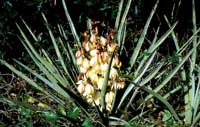
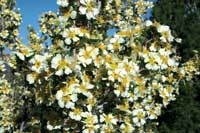
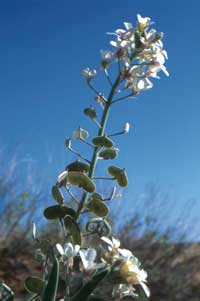
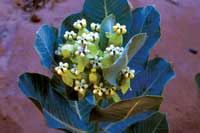
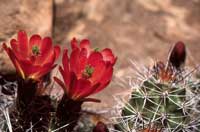
 (1813-1883) who collected plants in the American Southwest.
(1813-1883) who collected plants in the American Southwest.